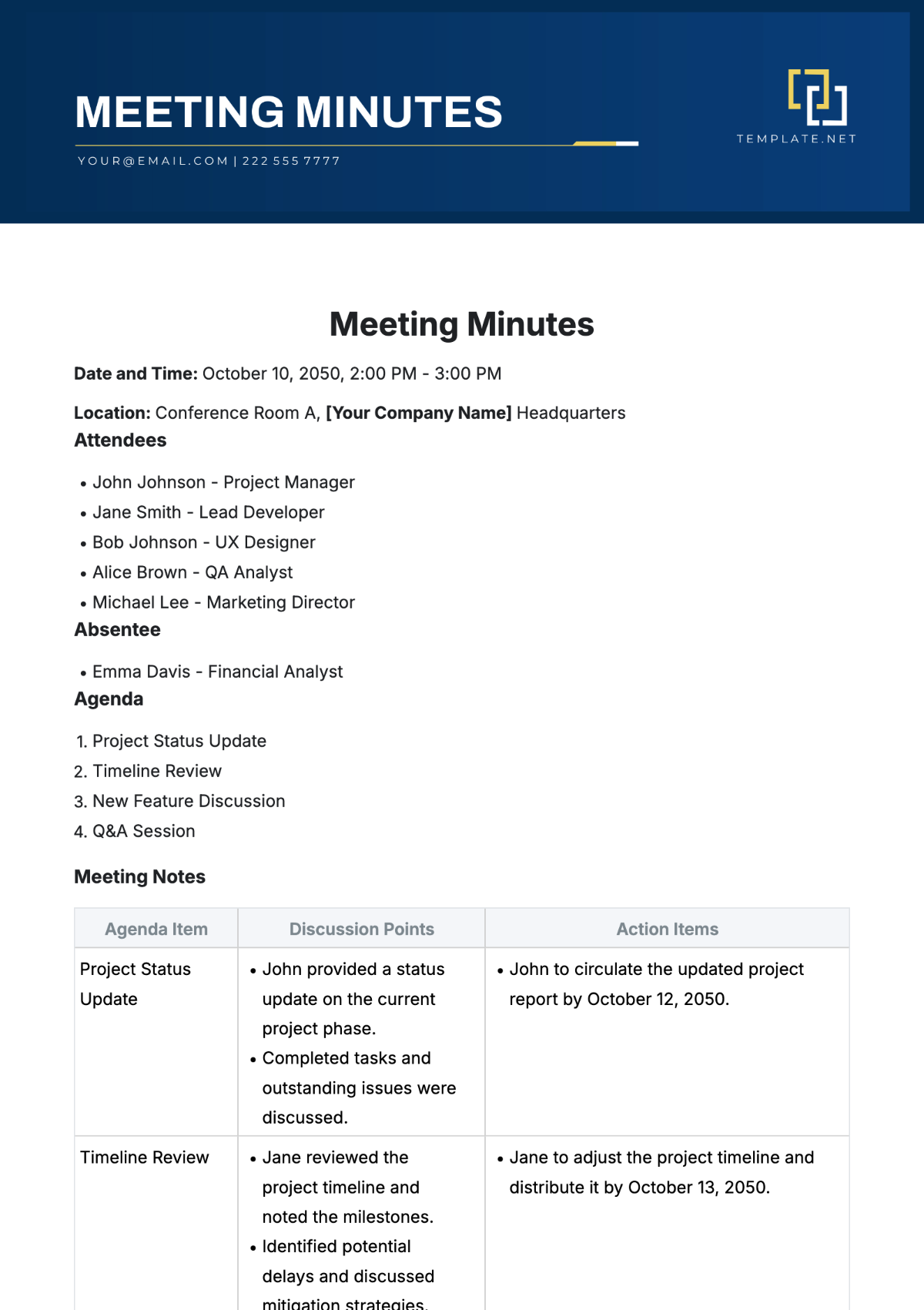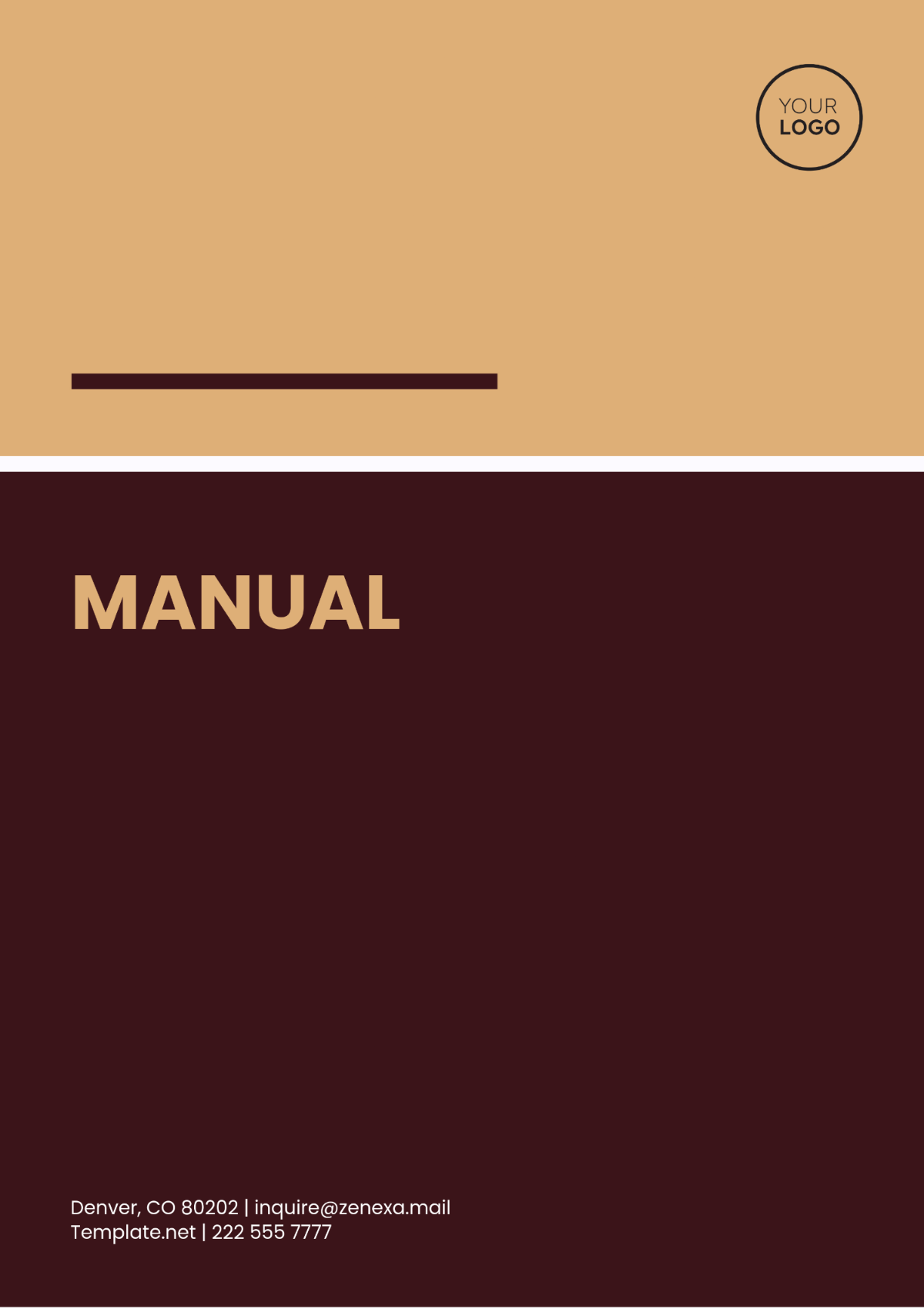Yeast Transformation Protocol
Name: | [YOUR NAME] |
|---|---|
Company Name: | [YOUR COMPANY NAME] |
Date: | [DATE] |
I. Objectives
The main purpose of this Yeast Transformation Protocol is to provide a consistent framework for researchers to efficiently and effectively introduce foreign DNA in yeast cells. This procedure not only enables the manipulation of the yeast cell's genetic makeup but also allows for the production of recombinant proteins. Furthermore, the procedure aids in the functional analysis of specific genes, and the development and implementation of various biological assays, and serves as a crucial tool in both research and educational settings.
II. Protocol Overview
This Yeast Transformation Protocol includes all the necessary steps to ensure successful DNA transfer into yeast cells. Procedures include yeast cell preparation, transformation mix preparation, heat shock, recovery, and plating. The protocol also stresses optimal conditions for introducing maximum quantities of foreign DNA into yeast cells for recombinant protein production, genetic engineering, biological assay setup, or functional genetic analyses.
III. Procedure
The experiment starts with [YEAST STRAIN] cell preparation, followed by the preparation of the transformation mix using DNA sample [DNA SAMPLE]. After the heat shock procedure, the transformed cells then undergo recovery in [RECOVERY MEDIUM] and later plated on [PLATING MEDIUM]. For best results, follow an optimal temperature and timing regimen as detailed in this protocol.
IV. Data Collection
After performing the yeast transformation, data collection is essential. It's important to capture the transformation efficiency, which can be calculated as the number of transformants per microgram of DNA. Data pertaining to the time, temperature, cell density, and amount of DNA used in the transformation should also be diligently recorded as they can significantly impact the results.
V. Safety Considerations
It is pivotal to rigorously follow safety guidelines when implementing this Yeast Transformation Protocol. The lab environment should be sterile, and all personnel involved should use suitable personal protective equipment like lab coats, gloves, and safety glasses. Dispose of all bio-hazardous waste properly following:
Autoclaving: Autoclaving is a common method for sterilizing bio-hazardous waste. Place contaminated materials such as used petri dishes, pipette tips, and tubes into autoclave bags or containers designed for sterilization. Autoclave at appropriate temperature and pressure settings according to institutional protocols to ensure complete inactivation of microorganisms.
Chemical Treatment: Some bio-hazardous waste may require chemical treatment before disposal. Use suitable disinfectants or sterilizing agents recommended for laboratory use to treat liquid waste or contaminated surfaces. Follow manufacturer instructions and institutional safety protocols for proper handling and disposal of chemical-treated waste.
Sharps Disposal: Dispose of used needles, syringes, and other sharp items in puncture-resistant containers specifically designed for sharps disposal. Seal containers securely when full and follow institutional guidelines for disposal of sharps waste, which may involve autoclaving or incineration.
Incineration: Certain types of bio-hazardous waste may require incineration for safe disposal. This includes materials contaminated with highly infectious agents or substances that cannot be effectively treated through autoclaving or chemical methods. Dispose of waste designated for incineration according to institutional protocols and regulations governing medical or hazardous waste disposal.
Segregation and Labeling: Separate bio-hazardous waste from other types of waste to prevent cross-contamination. Use clearly labeled containers or bags marked with biohazard symbols to indicate the presence of infectious or potentially hazardous materials. Follow institutional guidelines for proper segregation, labeling, and storage of bio-hazardous waste before disposal.
Regulatory Compliance: Ensure compliance with local, state, and federal regulations governing the disposal of bio-hazardous waste. Familiarize yourself with relevant regulations, permits, and guidelines issued by environmental protection agencies or health departments to ensure responsible and legal disposal practices.
VI. Expected Results
Post-transformation, the yeast cells are expected to harbor the introduced DNA. If the procedure has been carried out efficiently and effectively, a robust yield of transformed cells should be observed, which will confirm successful DNA introduction.
VII. Conclusion
This Yeast Transformation Protocol serves as a key procedure to manipulate yeast cells genetically and produce recombinant proteins. Following this protocol ensures the maximum yield of transformed yeast cells and, thereby, strengthens our ability to further study gene function and regulation, paving the way for advancements in molecular biology.

















































